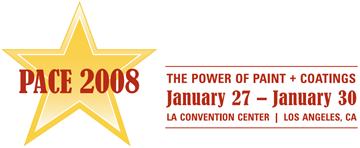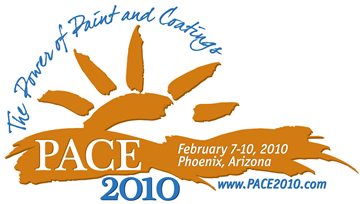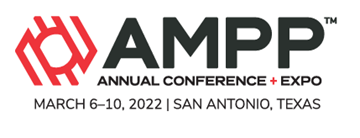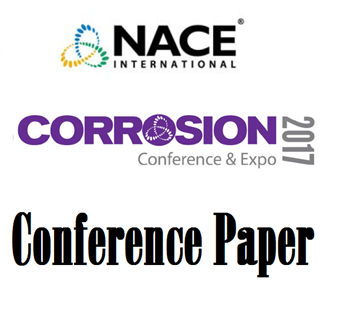Search
Individual Conference Papers
View as
Sort by
Display
per page
Writing Effective Corrective Actions Workshop
Product Number:
51219-170-SG
Publication Date:
2018
$20.00
Wrought CuNi30Cr2 (CNC) a New Concept for a Corrosion Resistant Copper Alloy
Product Number:
51319-13070-SG
Publication Date:
2019
$20.00
Yeah, Examining the Impact of Overprotection on AC Corrosion: A Case Study Investigation
Product Number:
51324-20877-SG
Publication Date:
2024
$40.00
Zero VOC Water Based Epoxy Topcoat - Performance Equivalent to Solvent Based and High VOC Water Based Epoxies
Product Number:
41208-463-SG
Publication Date:
2008
$20.00
Zinc Rich Primers for Corrosion Protection
Product Number:
41212-662-SG
Publication Date:
2012
$20.00
Zinc Sulfide Solubility Modeling In Aqueous Solution At High Temperature And High Pressure
Product Number:
51322-17763-SG
Publication Date:
2022
$20.00
Zinc-Nickel Nanolaminate – Advanced Coating for Bolt Corrosion Control
Product Number:
51317--9220-SG
ISBN:
9220 2017 CP
Publication Date:
2017
$20.00
Zr(Fe,Cr)2 Precipitate Amorphization and Iron Redistribution in Zircaloy-4 Using a Two-Step Proton Irradiation
Product Number:
ED22-17211-SG
Publication Date:
2022
$20.00









